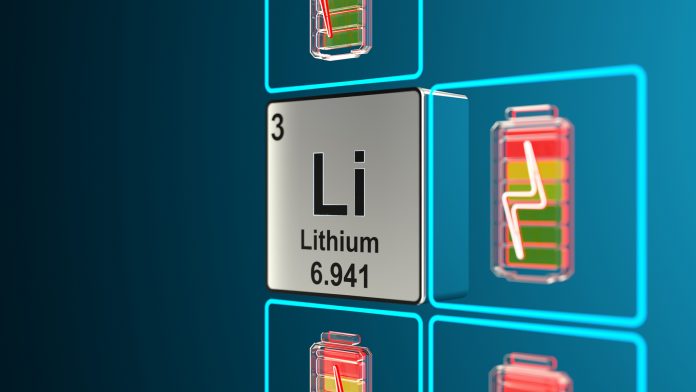A team of international researchers have solved a long-standing mystery of poor energy efficiency in lithium-ion batteries, potentially a landmark breakthrough that will help to advance the next generation of cells for electric vehicles.
The team, which included two scientists from Skoltech, have experimentally demonstrated that an established explanation for the low energy efficiency in lithium-ion batteries is incorrect. Instead, the team illuminated the energy efficiency phenomenon in terms of slow electronic transfer between the cathode’s oxygen and transition metal atoms, rather than the atoms themselves undergoing migration.
The findings of the research are published in the journal Nature Chemistry.
Energy efficiency limitations of lithium-ion batteries
The lithium-ion batteries that fuel a plethora of electric vehicles and appliances around the globe achieve only around 50% of the capacity that their lithium-enriched oxide cathode counterparts can achieve. However, the problem with the latter technology is that it has low energy efficiency, meaning that the batteries require far more energy to be fully charged than they ultimately provide. Over time, this lost power accumulates highly, which makes these batteries currently not commercially viable.
The search for answers
To overcome this shortcoming of batteries with lithium-enriched oxide cathodes, the team first had to comprehend the mechanism behind their low energy efficiency and locate where the lost energy ends up. The previous answer for their energy limitations is known as voltage hysteresis; however, the teams’ novel experimental evidence refutes this theory, providing a new explanation.
When a lithium battery is charged, lithium ions travel between its two electrodes, migrating toward the anode and leave behind vacancies in the cathode. The remaining half of the cycle includes lithium ions moving back as the energy is expended, such as powering a phone.
Anatoly Morozov, the co-author of the study and a Skoltech PhD student, said: “In the meantime, however, some of the transition metal atoms making up the cathode might have temporarily invaded the vacancies and then pulled back again, spending valuable energy on this jumping around. Or so the old theory of voltage hysteresis went.”
In order the analyse this explanation, the team employed a transmission electron microscope at Skoltech’s Advanced Imaging Core Facility, which enabled the researchers to examine the atomic structure of a lithium-enriched battery cathode comprised of a material with the formula Li1.17Ti0.33Fe0.5O2. The scientists studied the battery at different stages of its charge-discharge cycle; however, there was no observation of significant migration of iron or titanium atoms to lithium vacancies, suggesting another process was siphoning its power.
Professor Artem Abakumov, who heads the Center of Energy Science and Technology at Skoltech, commented: “Our findings inspired the team to seek the origin of voltage hysteresis elsewhere. What gives rise to the phenomenon is not reversible cation migration but rather the reversible transfer of electrons between the atoms of oxygen and transition metals. As the battery gets charged, some of the electrons from iron are hijacked by the oxygen atoms. Later on, they go back. This reversible transfer consumes some of the energy.
“Understanding voltage hysteresis in terms of electron transfer might have immediate implications for mitigating this unwelcome effect to enable next-generation lithium-ion batteries with record-high energy density for powering electric cars and portable electronics. To enable that next step, chemists could manipulate the electron transfer barriers by varying the covalency of the cation-anion bonding, guided by the periodic table and such concepts as ‘chemical softness.'”
Morozov added: “This demonstrates the power of advanced transmission electron microscopy for deciphering local structures of extreme complexity. It is really great that young researchers at Skoltech have direct and easy access to such sophisticated equipment as aberration-corrected electron microscopes and opportunities for further training. This enables us to contribute to top-level battery research in collaboration with our international peers in both academia and the industry.”









